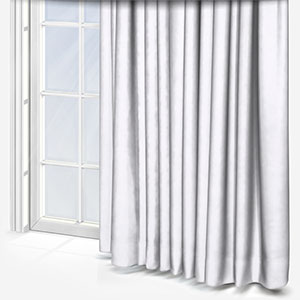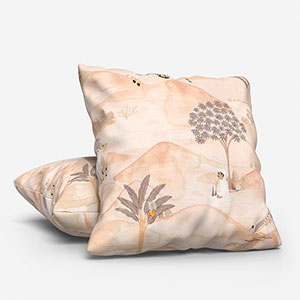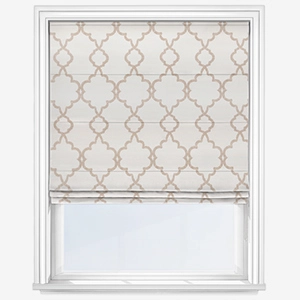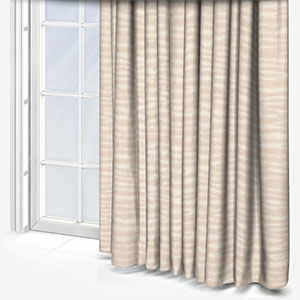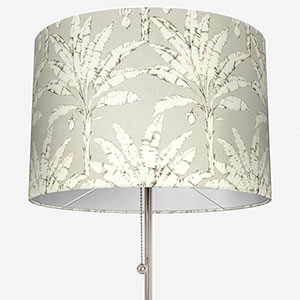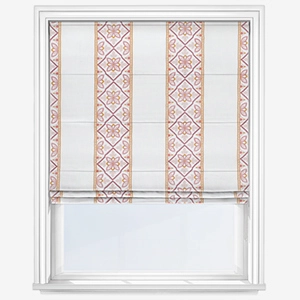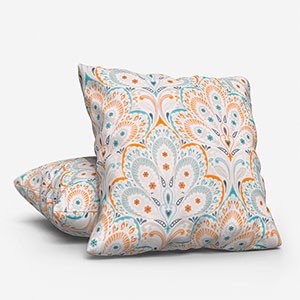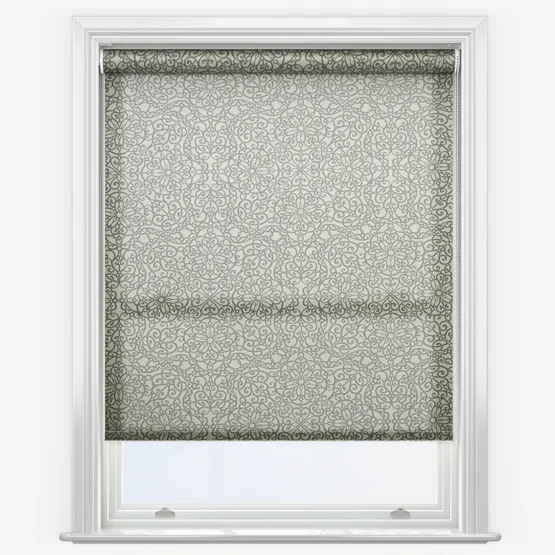
The Silk Road: Capture The Arabic Aesthetic
The Arab world covers a great many cultures and customs, but whether your eye falls upon Syria, down the Levant and across North Africa to Morocco or on to the United Arab Emirates, style is at the core of Arabic interior design. Today, as part of our Silk Road series, we’ll be exploring the beauty of the Arab world and showcasing how you can add its design splendour – and some Salam – to your home!
The core of Arabic design
Arabic design consists of atypical interior styles which have been incorporated from different cultures over the centuries. Whether it’s the domes adopted from the Byzantines, or influences from Spain, Italy or France, modern Arab architecture and interior design have evolved into vignettes of luxury, comfort, and light.
The resulting spaces are filled with elegant straight lines interjected with gentle curves. Within these spaces are myriad colours, textures and patterns which are guaranteed to excite and delight the senses.
To help combat the heat associated with that part of the world, Arab interiors are often open and utilise a lot of white. Additionally, comfort is an important part of Arabian interior design so consider soft sofas and plenty of cushions! To learn more about these energetic elements of Arab decor – alongside patterns – read on…
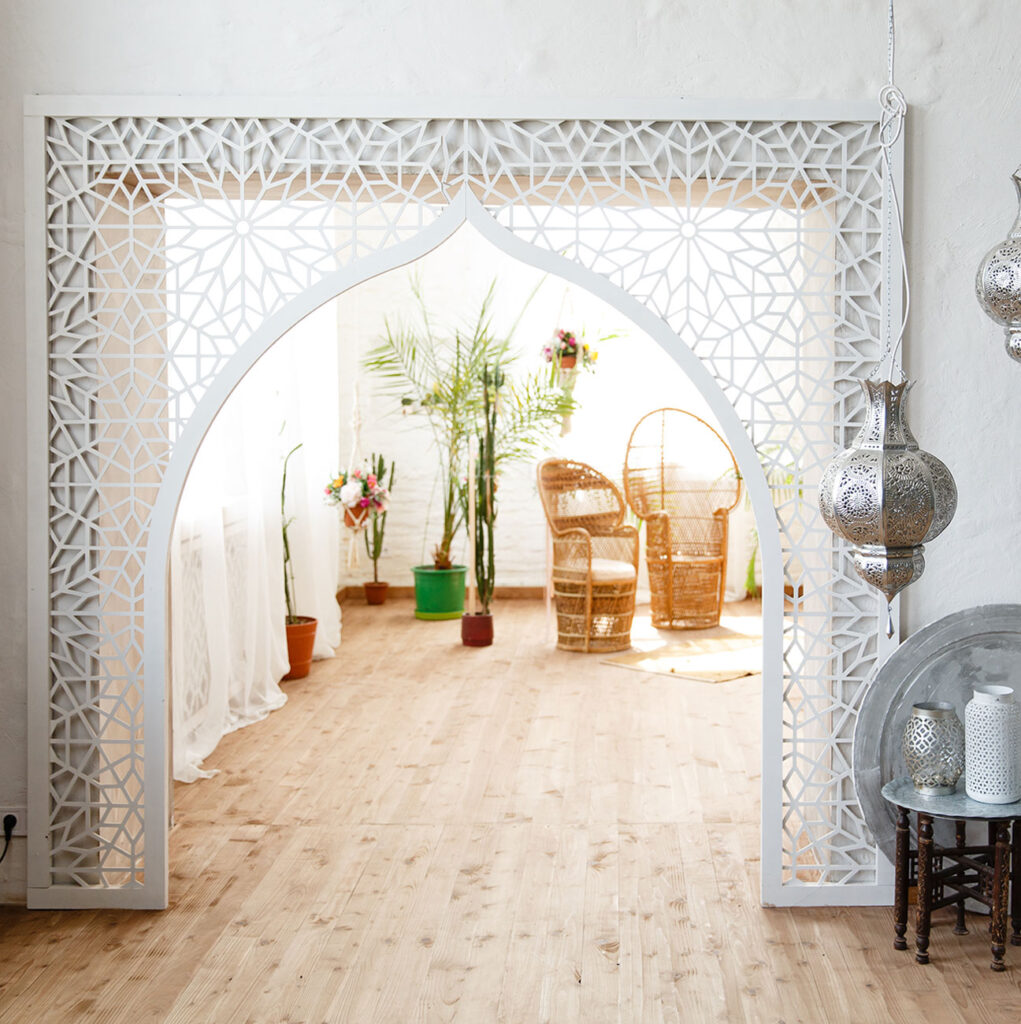
The colours of Arabic interior design
Bright white
As previously alluded to, white is a very important colour in Arab interior design. Used to keep a space cool, white is also a very flexible colour to support other tones.
Some of the best accompaniments for bright, pure whites are jewel tones. Blue tones in particular are perfect additions to Arabic inspired spaces – especially lighter shades. Where buildings across the middle east may use blue tiles, these can sometimes be a little too chilly here in the UK however, you can capture the same design characteristics through smaller soft furnishings such as cushions and lamp shades. You could even use light blue as part of a geometrically patterned roman blind or curtain.
Turquoise and teal
Other excellent cooling colours to consider are turquoise and teal. Similar to blue, these tones add style and character to a space while keeping it cool, fresh and airy!
Metallic shades
For accent colours, you can also enjoy classic metallic shades in an Arabian designed space. Shades of silver, platinum and gold will make a space feel more dynamic and luxurious. In tandem, these qualities will help you to curate a décor that’s relaxing – especially in these warmer summer months!
The best materials for Arabic interior design
Arabic inspired interiors give you flexibility for introducing different materials into a space. That said, it’s important to consider where specific materials fit best.
Velvet
Take for example velvet. Velvet cushions are an amazing addition to the large, comfortable sofas in the space, moreover this sumptuous material can also work well for lamp shades.
Silk
If you’d rather your lamp shades were handcrafted using a material that’s equally regal but feels lighter, look at silk. Silk, like velvet, interacts beautifully with the light to add sparkle and shimmer into a room. Brushed silver inners can also be added to any of our quality lamp shades to enrich the magical properties of these lovely products.
Lightweight materials
Closer to the windows, using lightweight materials such as voiles and linen will help you to manage light while letting air gently filter into the space keeping it cool. Naturally, the climate here in the UK is much cooler than the middle east and Africa so layering your window with a Roman blind in the recess will help keep you warm in the winter – especially if you add a free thermal lining!
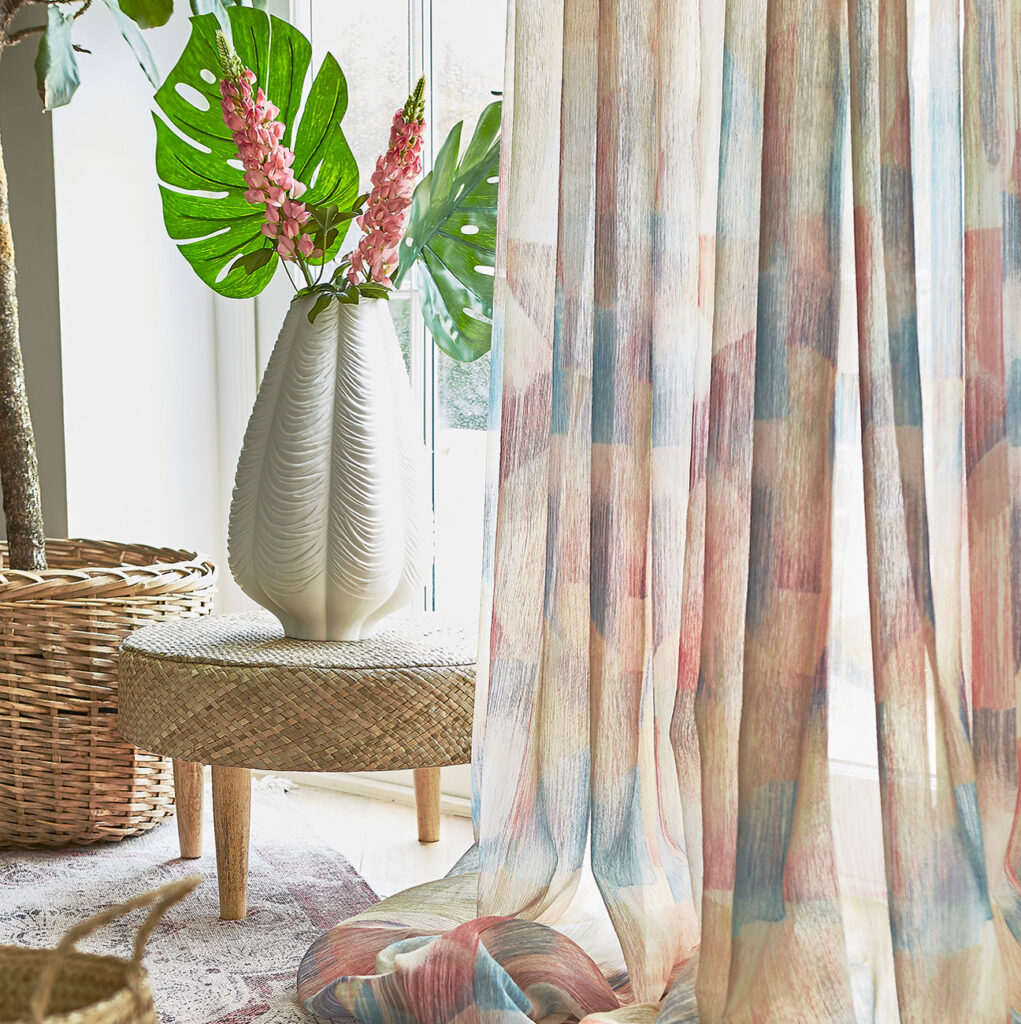
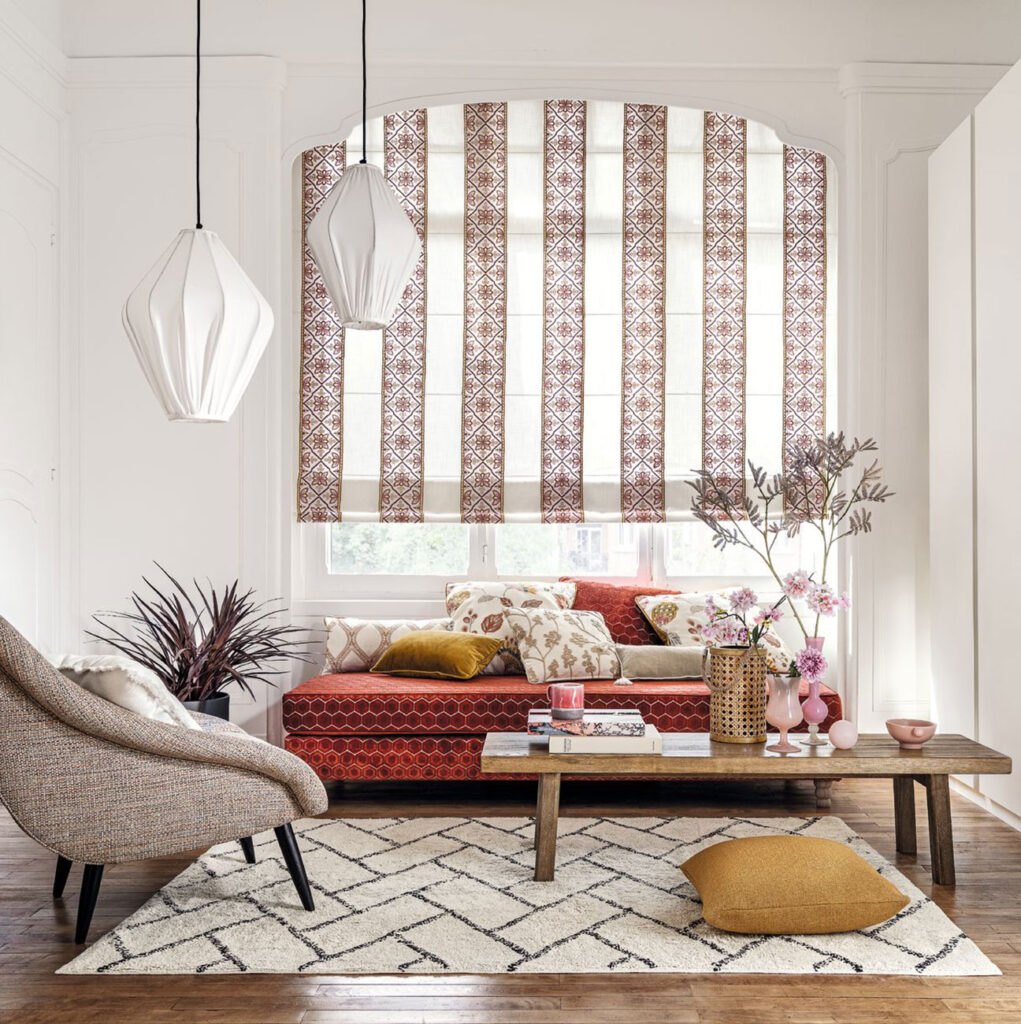
What are the best patterns for Arabic design?
Traditional Arabic buildings celebrate pattern, shape, and form.
Geometric patterns
The real hero today is geometric patterns. Regular shapes with neat angles and straight lines will help to create the perfect Arabian inspired décor.
Floral designs
Floral designs can also be used as part of today’s theme, but they are best used sparingly, especially if you’re looking for a more modern aesthetic. If – however – you’re looking for something more traditional, look to the buildings such as the grand mosque in Abu Dhabi for inspiration – there are some bold and beautiful uses of floral patterns there.
Whether you implement your patterns via the cushions, lamp shades or blinds, you’ll be guaranteed to love your space!
Rich in style, sophistication and history, Arabic interior design has some great lessons for us to enjoy around the world. Enjoy exploring the options available for us on our website and if you need to see your fabric in the flesh, you can order up to eight free samples!
Shop some of our products perfect for Arabic interior design:
